Revit® | hsbFloorElement for Autodesk Revit® (Video)
This document will show you the different actions on the hsbFloorElement Ribbon in Autodesk Revit®.
This will give you an idea of how you can detail your Revit model with hsbcad’s hsbDesign software.

Tutorial
https://www.youtube.com/watch?v=AUvXOEw1QQs
Configuration
Framing Styles Editor

With the hsbFloorElement for Revit you can use any system type from Revit to create your framed result. The main thing you need to do is create your framing styles. These styles will be matched to your system types in Revit and will be the core of your detailing process.
Selecting the first button in the hsbFloorElement ribbon will open up the Framing Styles Editor. For more information on setting up your framing styles, we redirect you to the Framing Styles Editor page.
BLOCK_INFO_START
A framing style is needed to create more details in the drawing. Without this framing style, it will be impossible to frame your Item Container.
BLOCK__END
Match Framing Style

Once you have created your framing style, you need to match this style to a certain system type in Revit.
BLOCK_INFO_START
A system type is a wall, floor, or roof type in Revit.
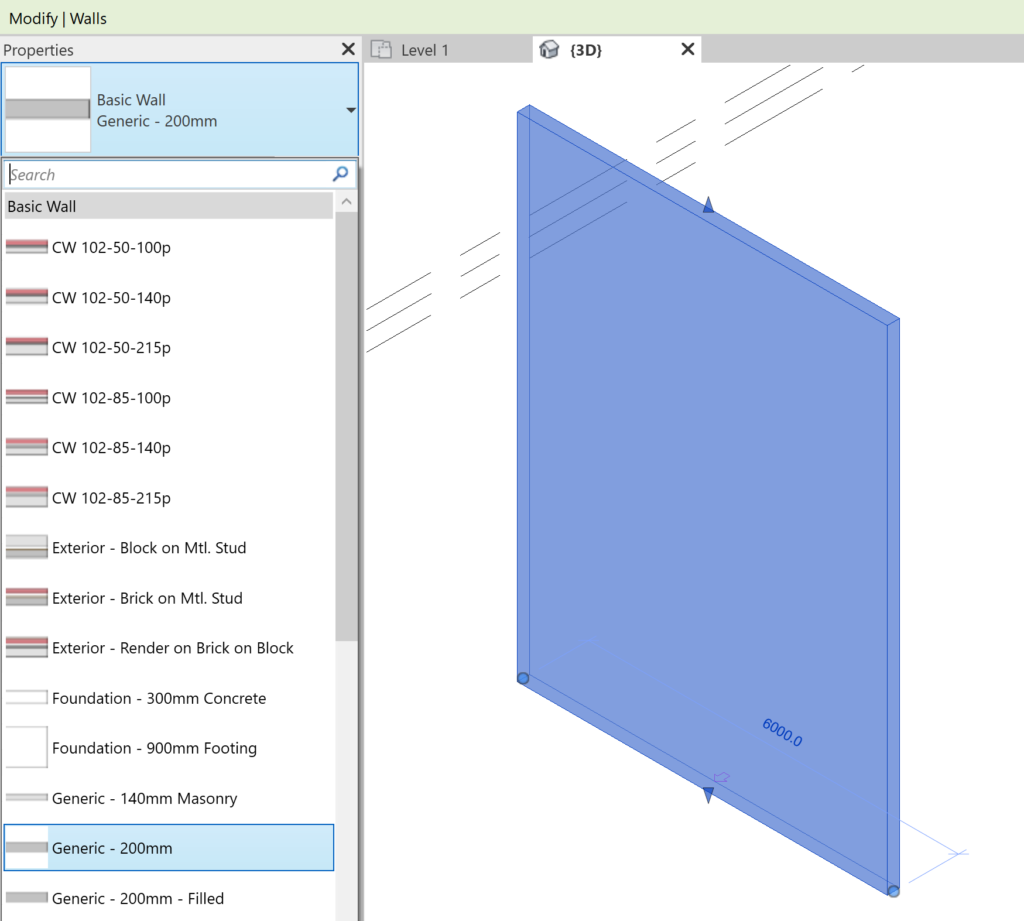
Example of walls in the Revit library
BLOCK__END
Match your framing style to your system type
Select Match Framing Style in the ribbon and the hsbcad Settings dialog box will open up, select the Framing tab.
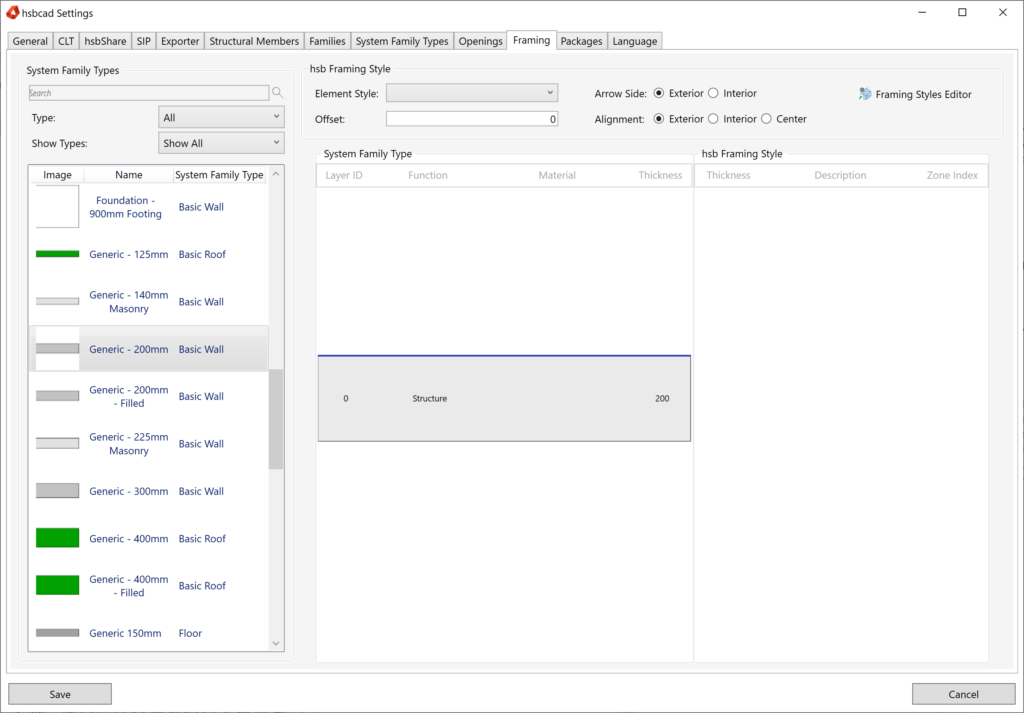
The window is divided in three screens.
- System family types
- hsbStickFrame style
- Visual representation of your system type and your framing style
1. System family types
This list contains the System Types that you can find in your active Revit model. Here you can filter, based on a search string or through the Type dropdown.

Below that, the Show Types filters the list for types in use in the drawing or not.
When you select the filter, Show types in use, the list below will only show you a list of items that have an instance in your active Revit model.
2. hsbStickFrame style
This section of the window allows you to select the framing style that needs to be mapped to the selected system type. After selection, you can modify the alignment, change the arrow side and add an offset to the aligned framing style.

- Element Style: In this dropdown you find all your created framing styles within the framing style editor.
- Arrow Side: Here you can flip the arrow side of the system type to interior or exterior in order to match your framing style.
- Alignment: This gives you the option to align your framing style with your system type. The blue line within the 2D representation gives you the line where the framing style will be aligned to.
- Offset: Here you add a value to align your framing style even further. The offset will be added from the blue line in the opposite direction of the arrow.
BLOCK_INFO_START
You can open the framing styles editor from this window. In that framing styles editor you can create a new framing style, or modify an existing one.
BLOCK__END
3. Visual representation of your match
In the third part of the window, you can find your 2D representation of the system type and the framing style. The blue line represents your alignment line. The arrow is your reference to the floor. The location of the floor will be different from the way you draw a floor. If you draw it from left to right, the arrow will be on the outside of the floor, if you draw the floor from right to left it will be on the inside of the floor.
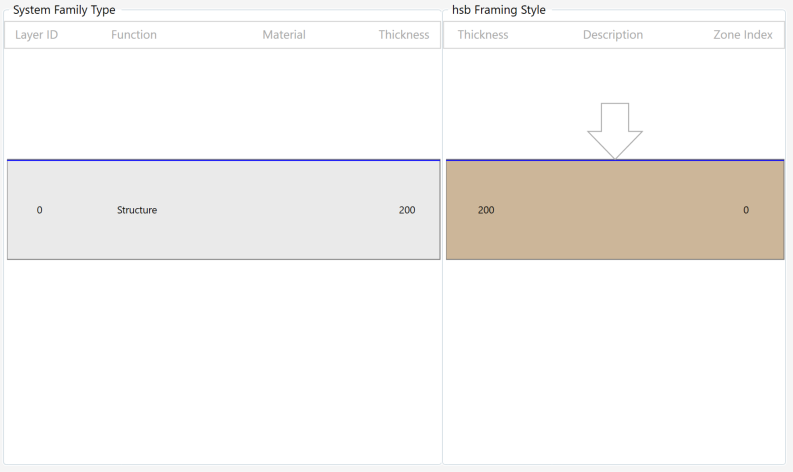
Split
Split Floors

This command allows you to split floors in separate elements.
Revit does not allow you to split up floors automatically and this tool does that job for you. This will enable you to detail faster.
Insert
Select the command.
Select the floor you want to split up.
You will be able to select the option: Create Split Lines

After clicking this option you can create your split lines. Click your start point and your end point. You can create as many lines as you would like. After the creation of lines, press cancel. If you press the green checkmark in your "modify" ribbon your floor will be automatically split.

Split Roof
Split Roofs

This command allows you to split roofs in separate elements. Revit does not allow you to split up roofs automatically and this tool does that job for you.
Insert
Select the command.
Select the roof you want to split up.
Your roof will be automatically split up based on the roof lines from your sketch.
BLOCK_INFO_START
This function only works when a roof is created in a particular way. If you have created a roof through a footprint, it will be possible to automatically split your roof.
BLOCK__END
Containers
Item Containers

This tool creates an item container for your system type. To perform an action, such as automatic framing, you need to have item containers attached to your system type (wall, floor, roof).
To create an item container, you can click on the item container command and select your system type (wall, floor, or roof). A multiple selection is also possible. This will automatically attach an item container object.

Item Containers for Linked Elements

This function combines the functionality above with the functionality of using a linked model. All you need to do is select your system type from your linked model and you can start framing your linked model.
Add to item Container

You can add more items to an item container with this command. If you want to add beams, metal parts or other items to your shop drawing or export results, you need to use this function.
Remove from item Container

When you have added something to the item container by mistake, this is the tool to remove it again.
Add to Container from Linked file

You can add more items to an item container from a linked file with this command. If you want to add beams, metal parts or other items to your shop drawing or export results, you need to use this function.
Remove Linked Elements from Container

When you have added something to the item container from linked files by mistake, this is the tool to remove it again.
Item Container Renumber

This function allows you to renumber the item containers based on your selection.
Details
Update connections

When you have configured your connections in the framing styles editor, you can press this button and it will create and/or update new connections between your item containers.

These connection details can be selected to make modifications or to see if they have been configured correctly or not. The connections shown in green are configured and you see your connection name next to it. The connections in red give you an alert symbol and for this connection, there is nothing that can be framed.

You can easily change your connection type with the native Revit properties toolbox. After you click on the connection, you can go to the dropdown and select your preferred connection.
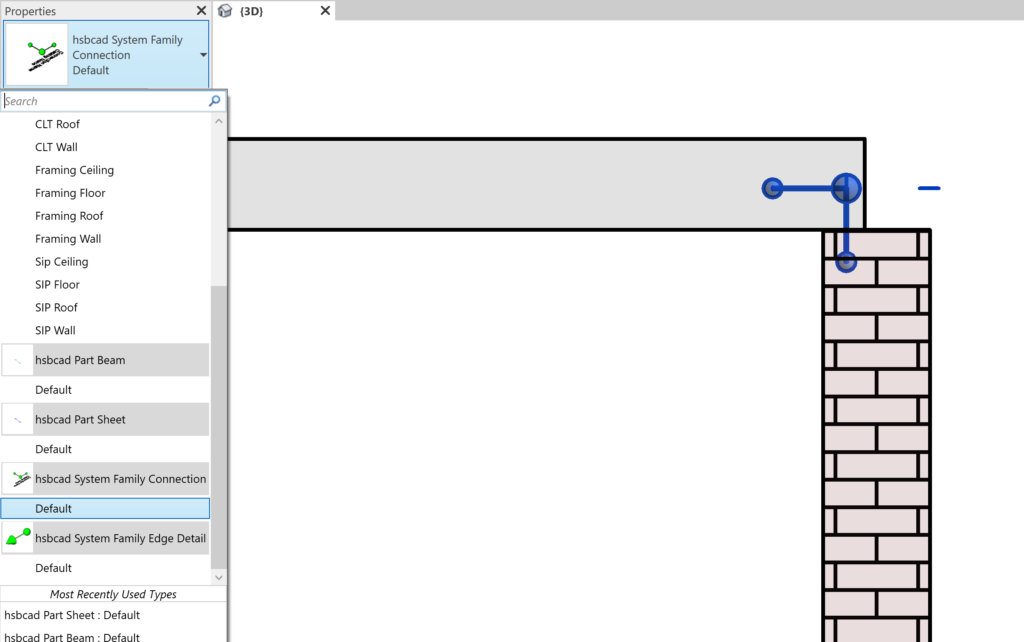
Update details

When you have configured your framing styles, you can create edge details in your drawing to modify these while detailing. Every edge of your item container will receive an edge detail.
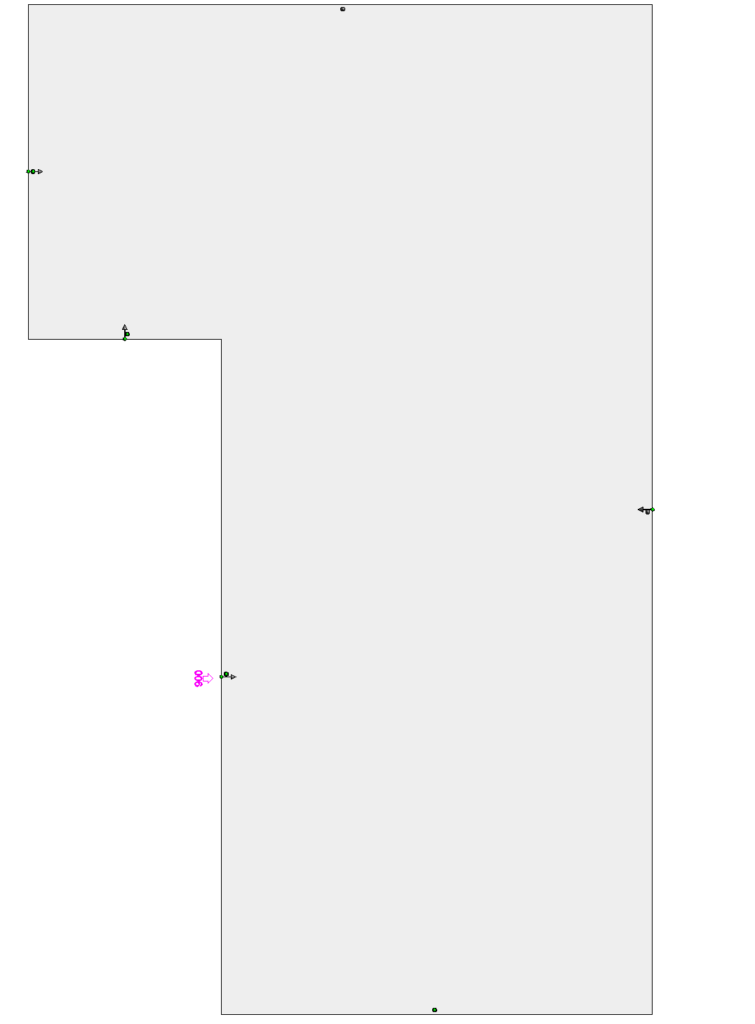
You can easily change your edge detail with the native Revit properties toolbox. After you click on the edge detail, you can go to the dropdown and select your preferred connection.
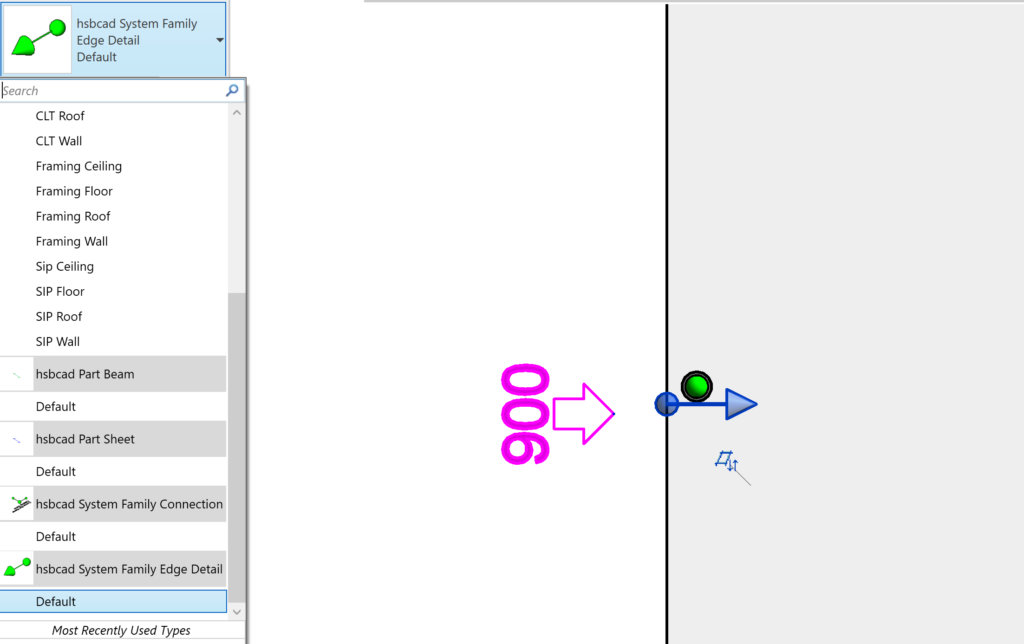
Framing
Generate

This command lets you frame the configured item containers.
Insert
Select the command.
Select your item container which you want to frame. (multiple selection is possible)
Press Enter or finish.
The product will automatically frame your item containers.
Remove

This command lets you undo the framing for an item container.
Insert
Select the command.
Select your item container which you want to unframe. (multiple selection is possible)
Press Enter or finish.
Tools
Tools for framing
You find more information in the tools section for framing: tools for hsbFloorElement
More video’s of hsbFloorElement
Revit® | hsbFloorElement in a Nutshell for Revit®
Revit® | Framing a Floor on hsbDesign25 for Revit®
Revit® | Create Blockings or add a Ladder on hsbDesign25 for Revit®
Revit® | Notch plates for Revit®
More video’s of Revit® on hsbDesign26
Revit® | Item Container Lock for Revit®
Revit® | Family Version Control for Revit®
Revit® | Span direction on floors and roofs for Revit®
Revit® | New Shop Drawing User Interface

